In a business landscape defined by relentless change, organizations ranging from nimble startups to sprawling enterprises are constantly seeking an edge through positive transformation. The engine for this change is the catalyst: the visionary leader who doesn’t just dream up a better future but actively propels the organization toward it.
This pivotal role comes with immense pressure. How can these essential agents of change thrive—and lead—without succumbing to the exhaustion of burnout?
We delve into the expert strategies shared by Shannon Lucas, co-founder and co-CEO of Catalyst Constellations and author of Move Fast Break Burnout: The Catalyst Guide to Working Well. Drawing from her two decades of experience in corporate innovation, Shannon offers a comprehensive guide for both the catalysts and the organizations that rely on their disruptive power.
The DNA of a Change Catalyst
A catalyst is more than just an employee who offers occasional suggestions; they possess a distinct mindset wired for continuous improvement. According to Lucas, catalysts are:**
- Constant Scanners and Connectors: They instinctively see how systems, processes, and people intersect and are always looking for ways to optimize those connections.
- Action-Oriented Experimenters: Comfortable with uncertainty and risk, they prefer to act, test, and iterate rather than wait for absolute clarity.
- Driven by Purpose: Their motivation is a deep desire to improve things for the broader organization and its stakeholders, viewing the risk of not changing as the greater threat.
The Fine Line: From Agent to Architect
Not all attempts at change are productive. The difference between a positive, unifying catalyst and a divisive disruptor often lies in emotional intelligence. Catalysts must be masters of:
- Self-Awareness: Understanding how their intense drive for change impacts their colleagues.
- Empathy and Compassion: They must bring people along on the journey. Pushing too hard, too fast can create “carnage and wreckage.”
- Self-Regulation: Knowing when to apply pressure and when to pause, balancing the urgency of the vision with the organization’s actual readiness.
Actionable Tip: To ensure a positive impact, catalysts should solicit regular, honest feedback from colleagues about their communication style and approach to change.
Navigating Organizational Friction
Despite the clear need for evolution, organizations frequently resist it. Lucas identifies resistance points such as cultural inertia, which sees legacy processes and power structures stifle new ideas, and the fear of loss, when change threatens established roles or comfort zones.
To overcome this, the innovative catalyst doesn’t demand that the perfect idea be implemented immediately. Instead, they focus on getting the best idea through the system by balancing the grand vision with the current organizational readiness. Setting expectations early is key to preparing teams for inevitable pivots and evolving priorities.
Burnout Prevention: The Catalyst’s Oxygen Mask
The relentless push for transformation puts catalysts at high risk for burnout. This isn’t just a personal failing; it’s often a systemic issue resulting from constant emotional and physical stress.
Signs of burnout include chronic fatigue, irritability, disengagement, and physical symptoms. Lucas underscores that catalysts must prioritize “oxygen mask moments”—intentional breaks and self-care to recharge before hitting a wall.
To create a sustainable practice:
- Set Boundaries: Learn to say “no” to non-essential tasks and meetings.
- Normalize Well-being: Incorporate practices such as mindfulness or brief body scans to recognize and proactively address stress.
- Monitor Workload: Regularly assess your commitments and avoid over-extending your capacity.
Building a Culture Where Catalysts Flourish
For organizations to truly harness the power of change agents, leaders must identify and equip them, empowering early adopters to build momentum from the ground up.
Furthermore, leaders must champion hidden change agents—those who quietly drive meaningful transformation but may suffer from imposter syndrome or a conditioned reluctance to speak up. Actively seeking out and celebrating contributions from all levels creates a culture where the drive for change is a shared responsibility, not a burden carried by a few.
The future belongs to those who adapt. By cultivating self-awareness, advocating for well-being, and embracing change with compassion, catalysts and their organizations can drive sustainable transformation without burning out their most valuable resource.
Our Host
John is the Amazon bestselling author of Winning the Battle for Sales: Lessons on Closing Every Deal from the World’s Greatest Military Victories and Social Upheaval: How to Win at Social Selling. A globally acknowledged Sales & Marketing thought leader, speaker, and strategist, he has conducted over 1500 video interviews of thought leaders for Sales POP! online sales magazine & YouTube Channel and for audio podcast channels where Sales POP! is rated in the top 2% of most popular shows out of 3,320,580 podcasts globally, ranked by Listen Score. He is CSMO at Pipeliner CRM. In his spare time, John is an avid Martial Artist.


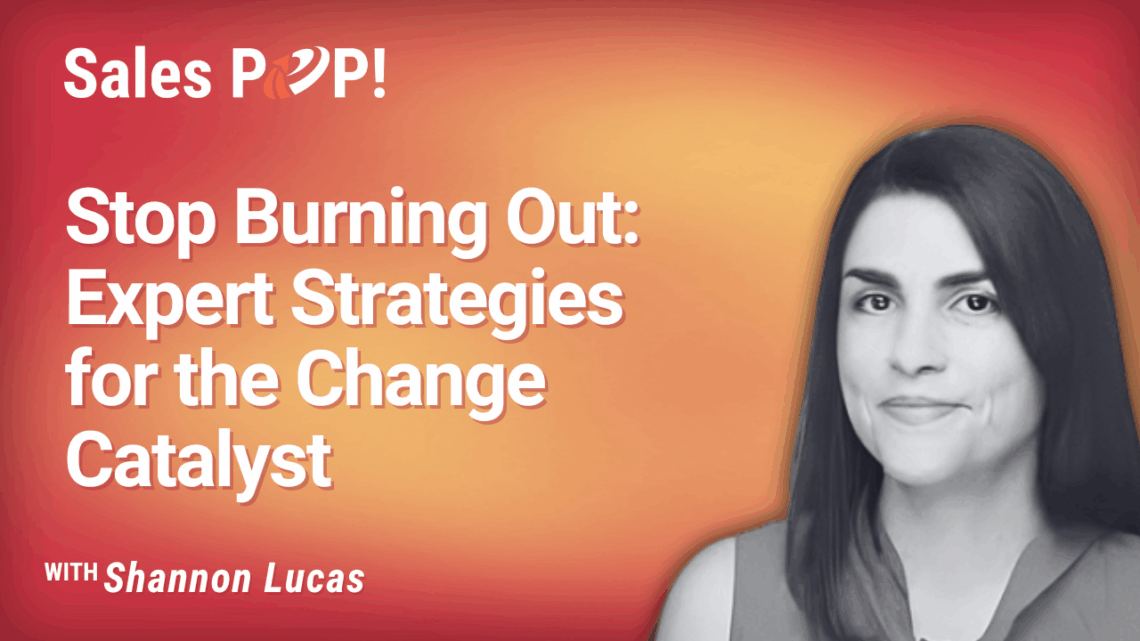

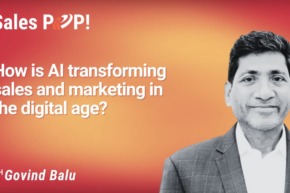

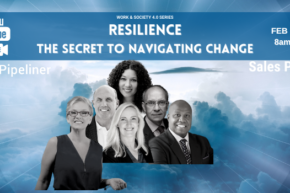
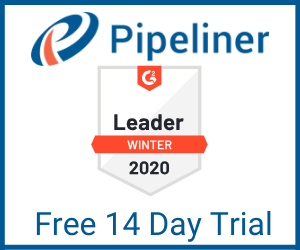
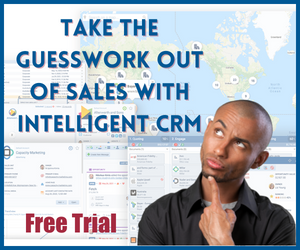
Comments